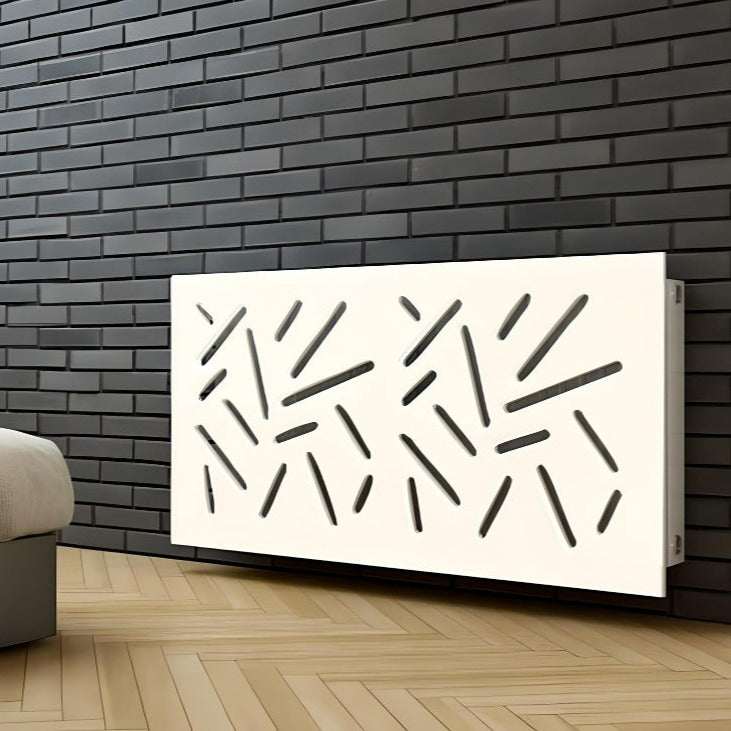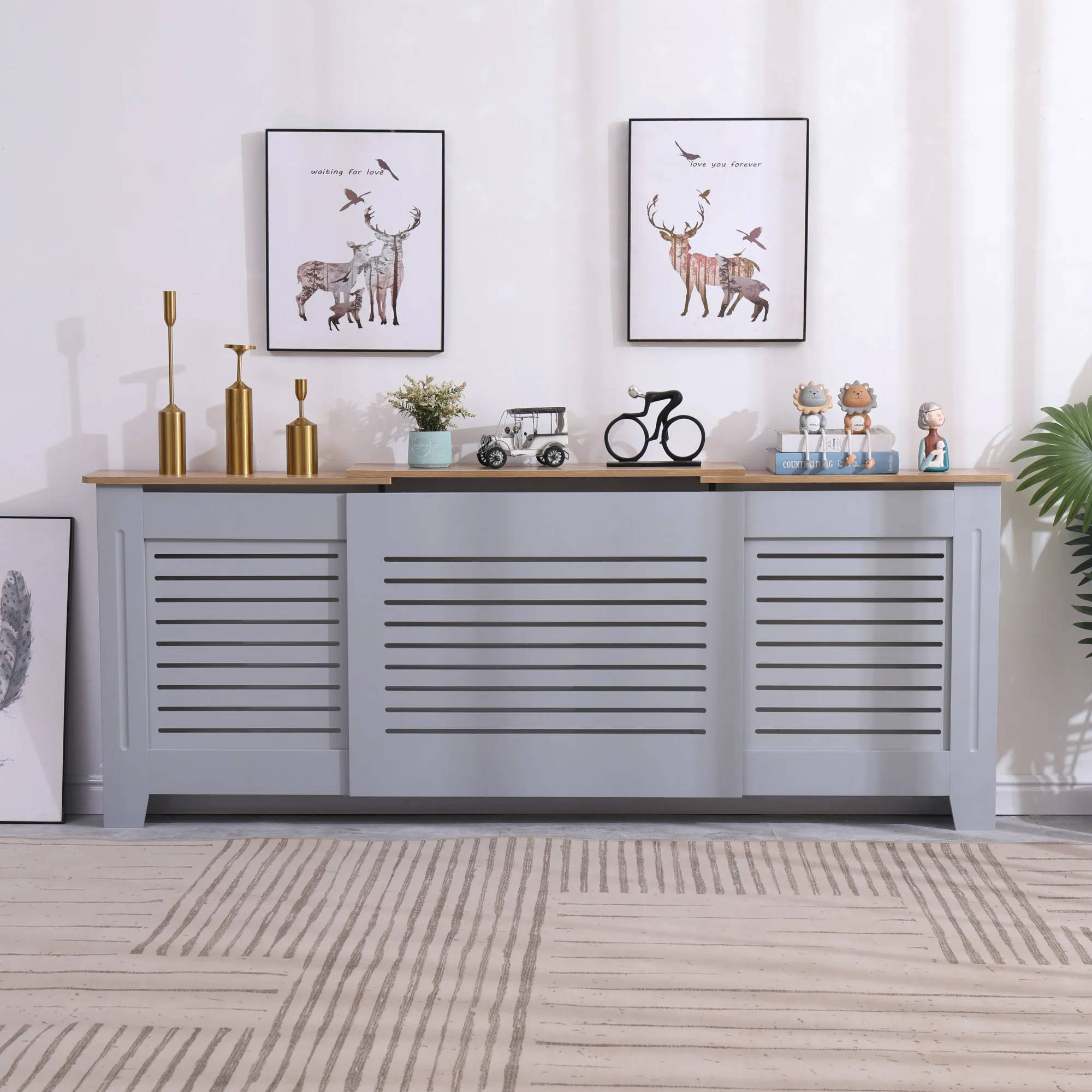Why Every Home Needs a Radiator Cover for Improved Safety and Style
Why Every Home Needs a Radiator Cover for Improved Safety and Style
Blog Article
Radiator Covers: Comprehending Products, Designs, and Advantages
Radiator covers offer both practical and aesthetic functions within a home, supplying a variety of materials such as wood, metal, and MDF to suit various design choices. Choosing the appropriate radiator cover entails comprehending the nuances of materials, styles, and their connected benefits.
Kinds Of Materials


Wooden covers, commonly crafted from woods such as oak or maple, give a timeless, warm look that matches typical insides. Their resilience and ability to be discolored or painted add to their versatility. Steel covers, normally made from steel or aluminum, are preferred for their effectiveness and modern-day look, usually including smooth lines that boost contemporary rooms.
MDF, a made timber item, is prominent for its cost-effectiveness and convenience of customization. It can be repainted or completed to match existing style while using a smooth surface. Plastic covers, while much less typical, are lightweight and resistant to wetness, making them ideal for damp atmospheres.
Inevitably, the selection of product for a radiator cover should align with the property owner's style choices, functional needs, and the particular environment where the cover will certainly be set up. Each product provides a distinct character, ensuring that there is an option to suit every taste and setting.
Popular Design Styles
Emphasizing aesthetic charm, preferred design styles for radiator covers show a variety of tastes and interior design trends. Conventional designs frequently feature complex woodwork and luxuriant describing, making them ideal for vintage-inspired or classic insides. These covers commonly integrate sculpted elements, providing a warm and inviting feeling to any area.
In contrast, modern styles focus on minimalist aesthetics, defined by clean lines and understated style. Materials such as steel or streamlined timber with a smooth surface are typically used, allowing these covers to mix perfectly into contemporary areas. Industrial styles, on the other hand, accept raw materials like exposed steel and concrete, including a bold statement to loft space or urban settings.
For those looking for a distinct touch, bespoke designs supply personalization options that accommodate private preferences, enabling house owners to pick colors, patterns, and materials that complement their design. Furthermore, farmhouse-style covers integrate rustic elements, including troubled timber and simple forms that stimulate a cozy, country charm.
Benefits of Radiator Covers
Radiator covers not just boost the visual appeal of a room but likewise provide several useful advantages that make them a beneficial addition to any type of home. One of the main benefits is security, particularly in households with family pets or kids. Covers reduce the danger of burns from hot radiator surface areas, making sure a safer setting.
Additionally, radiator covers can enhance energy performance. By guiding heat into the space instead of permitting it to leave, they aid keep a constant temperature, minimizing see post home heating costs gradually. This is specifically advantageous in older homes where radiator systems might be much less reliable.
One more remarkable advantage is noise reduction. Radiators can often create undesirable audios throughout operation, and covers can assist stifle these sounds, adding to an extra relaxed living space. Radiator covers can be useful, offering added storage space or display room, therefore making the most of the energy of often-overlooked areas.
Finally, they can secure radiators from dust and particles, which can impede performance and boost maintenance requirements. With these integrated benefits, radiator covers become a functional remedy for boosting both the functionality and design of any kind of home setting.
Installation Factors To Consider
Installing radiator covers calls for cautious consideration to make certain both performance and security (Radiator cover). Initially, analyze the dimensions of your radiator her latest blog and the surrounding room to guarantee a correct fit. Precise measurements are vital; an uncomfortable cover can block warmth circulation or develop security risks
Next, assess the material of the cover. While timber supplies aesthetic charm, steel alternatives may provide much better sturdiness and warm resistance. Consider the weight of the cover as well; much heavier covers may need added support or supports to stay clear of sagging or damage over time.
Air flow is an additional vital facet. Covers have to include adequate airflow to avoid overheating and keep reliable home heating. Seek designs with slats or perforations that allow heat to flow without blockage.
Furthermore, make certain that the cover is safely placed to prevent crashes, especially in homes with family pets or children. Radiator cover. It's advisable to adhere to the supplier's installment guidelines very closely and, if required, speak with a specialist for complex installations
Maintenance and Treatment Tips
Proper upkeep of radiator covers is essential for guaranteeing their durability and ideal efficiency. For repainted or timber covers, consider a suitable polish or safety finishing to preserve their look.
Check the covers periodically for signs of wear or damage, such as fractures or peeling paint. Addressing these issues quickly can avoid additional wear and tear. Make sure that the covers are firmly fastened and look for any type of loosened screws or fittings, as resonances from the radiator can loosen them in time.
In cooler months, avoid placing hefty objects or ornamental things in addition to the radiator covers, as this can you could try these out restrain warmth distribution and cause unnecessary stress and anxiety to the framework. Last but not least, consider seasonal upkeep by getting rid of the covers for complete cleaning and evaluation throughout warmer months when the furnace is non-active. Embracing these basic treatment tips will enhance the performance and visual charm of your radiator covers, guaranteeing they serve their purpose effectively for several years to find.

Conclusion
In recap, radiator covers act as practical and aesthetic enhancements to domestic areas. The varied array of materials, including woods, plastic, metal, and mdf, allows for positioning with different layout styles such as traditional, contemporary, commercial, and farmhouse. The benefits of these covers expand past safety and power efficiency to consist of additional storage space and dust security. Careful consideration of setup and upkeep further ensures the durability and performance of radiator covers in any home environment.
Radiator covers serve both visual and useful purposes within a home, supplying an array of materials such as mdf, metal, and hardwood to suit various design choices. Picking the appropriate radiator cover involves recognizing the nuances of materials, styles, and their associated advantages.Stressing aesthetic charm, prominent layout styles for radiator covers reflect a variety of tastes and indoor style patterns.Radiator covers not just improve the aesthetic charm of a room however additionally offer numerous useful advantages that make them a worthwhile enhancement to any home. Take into consideration the weight of the cover as well; larger covers may need added support or reinforcements to stay clear of sagging or damages over time.
Report this page